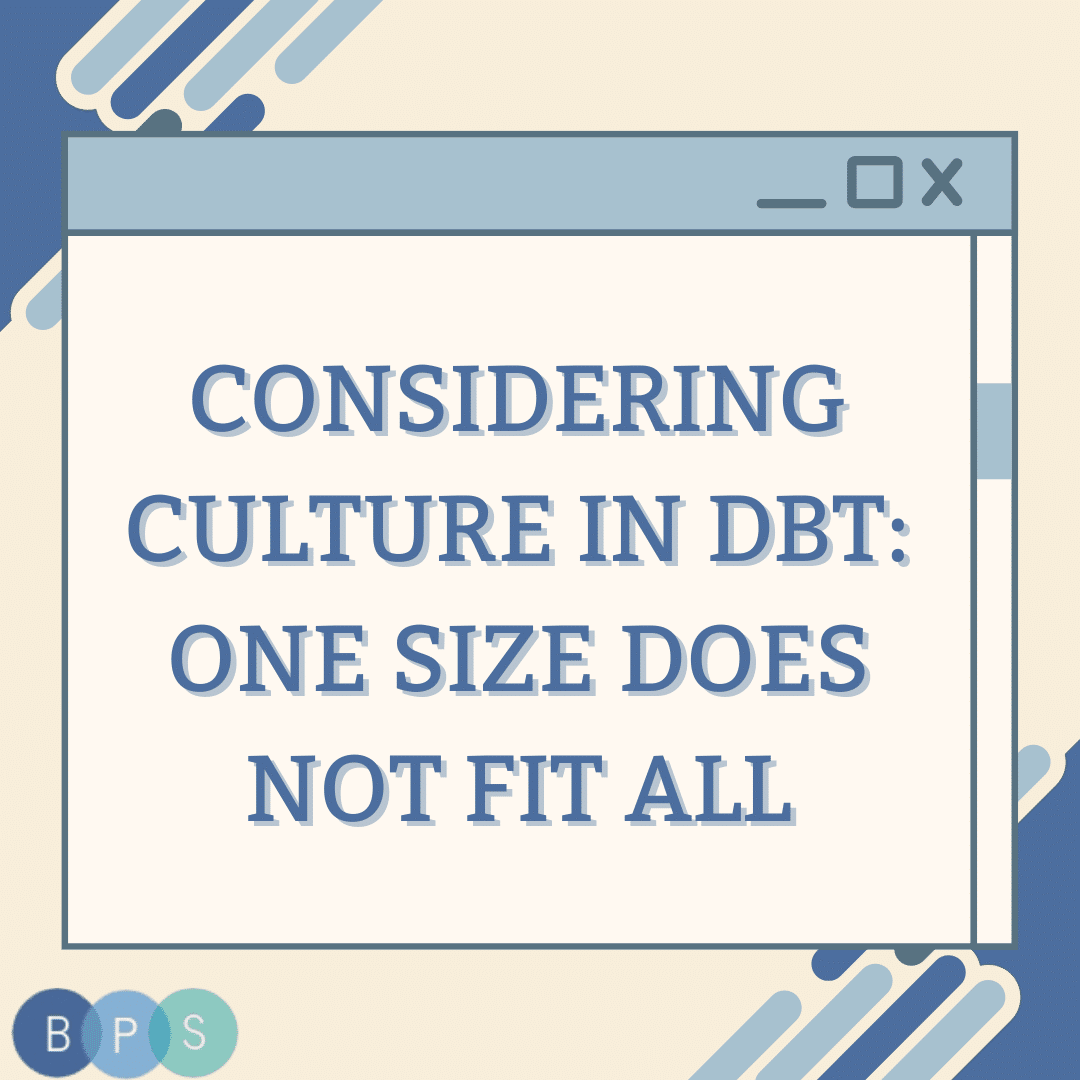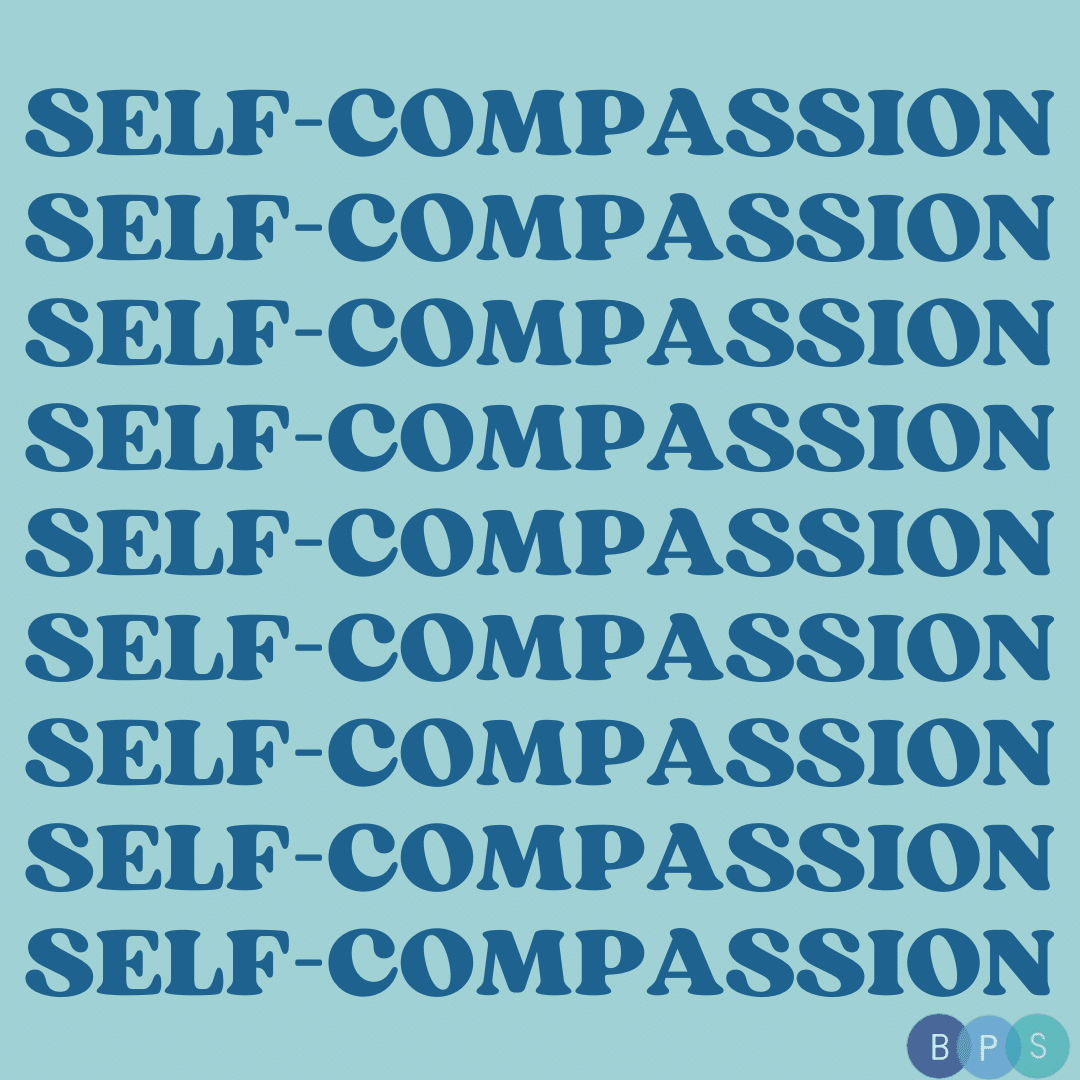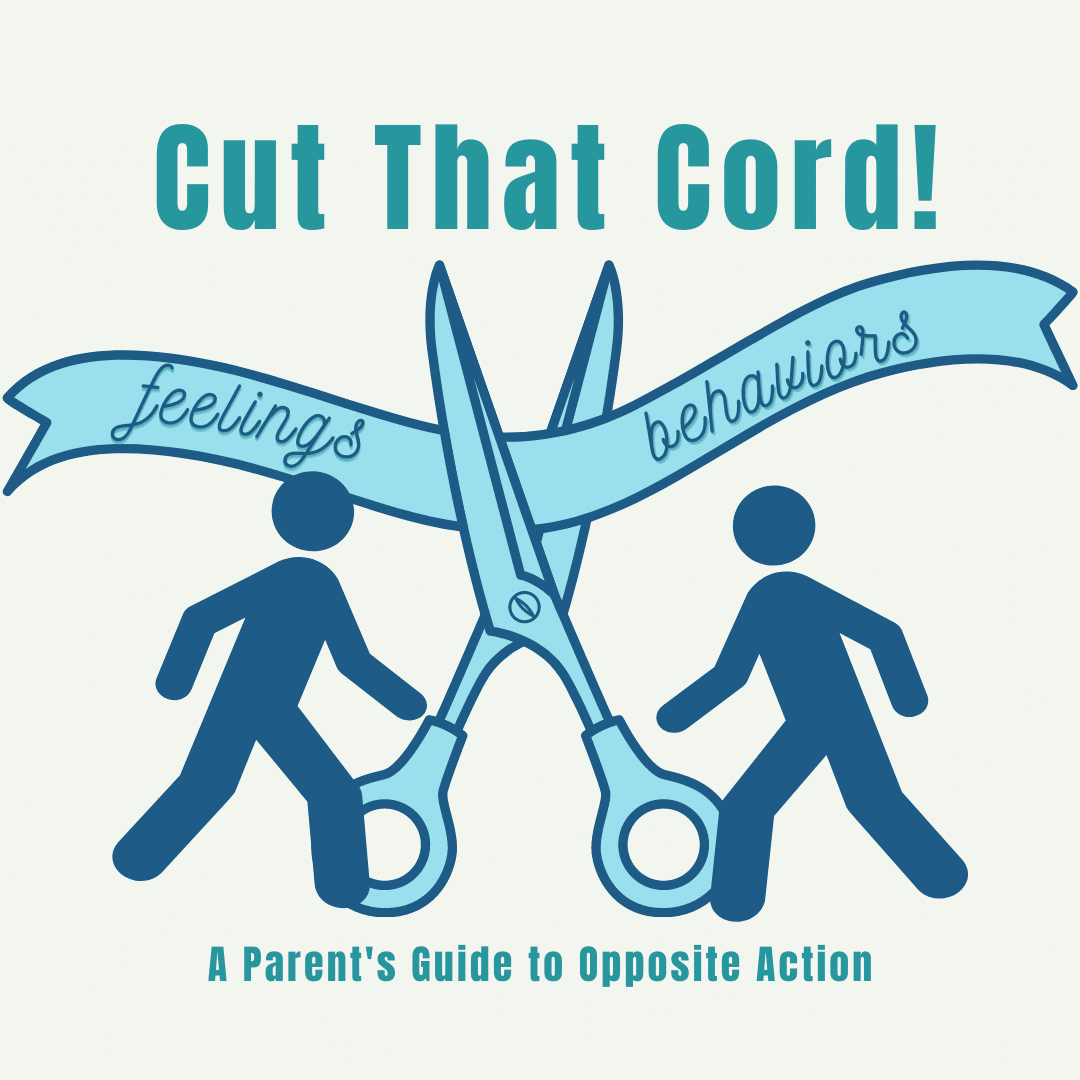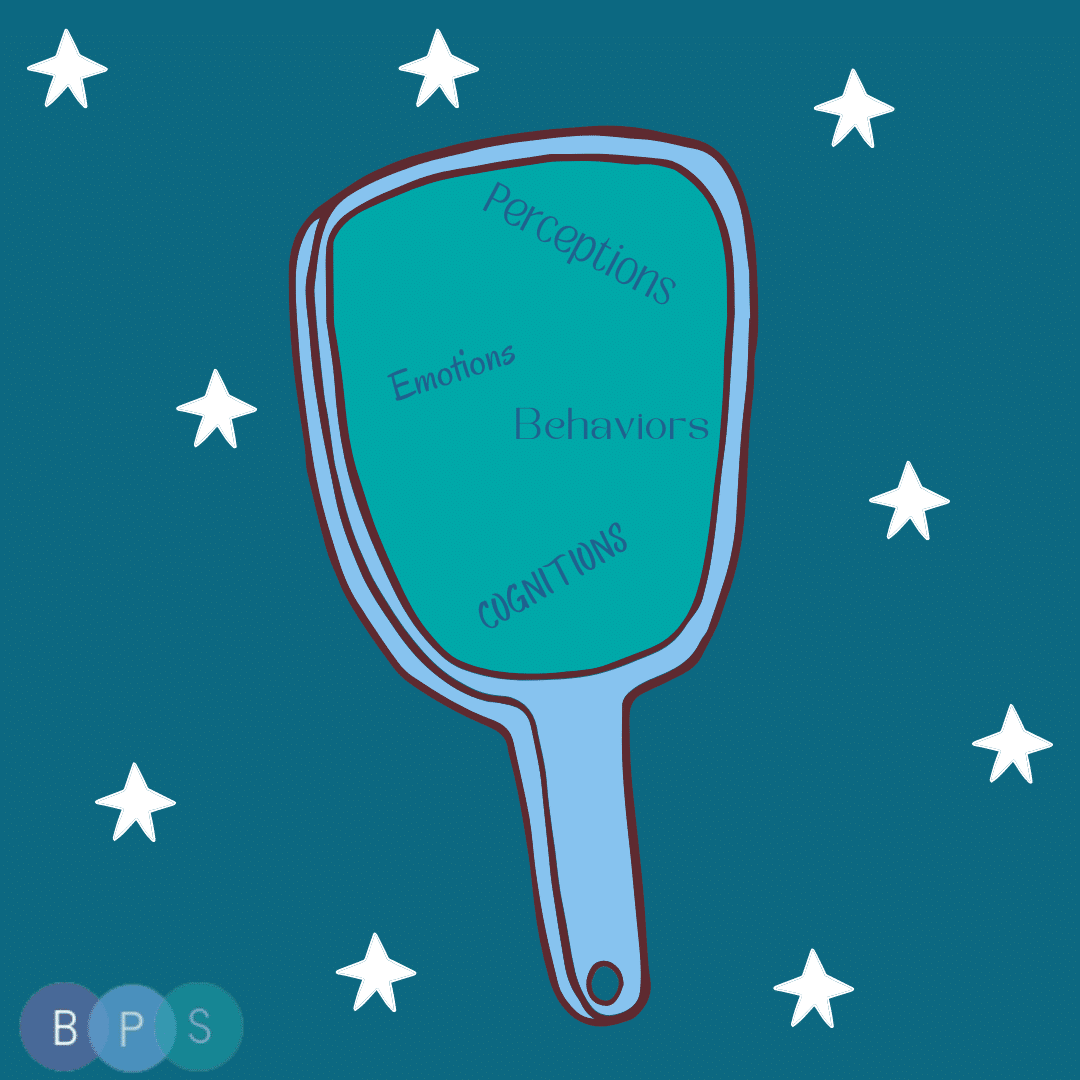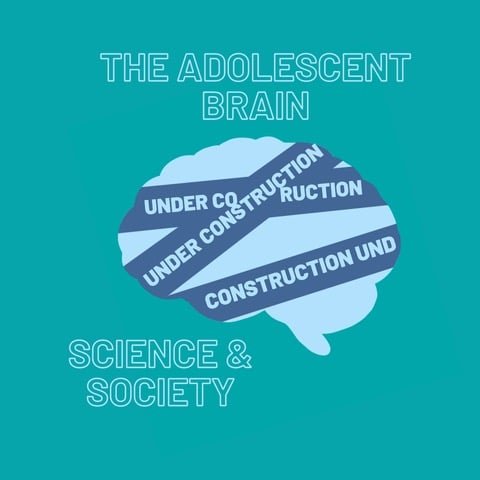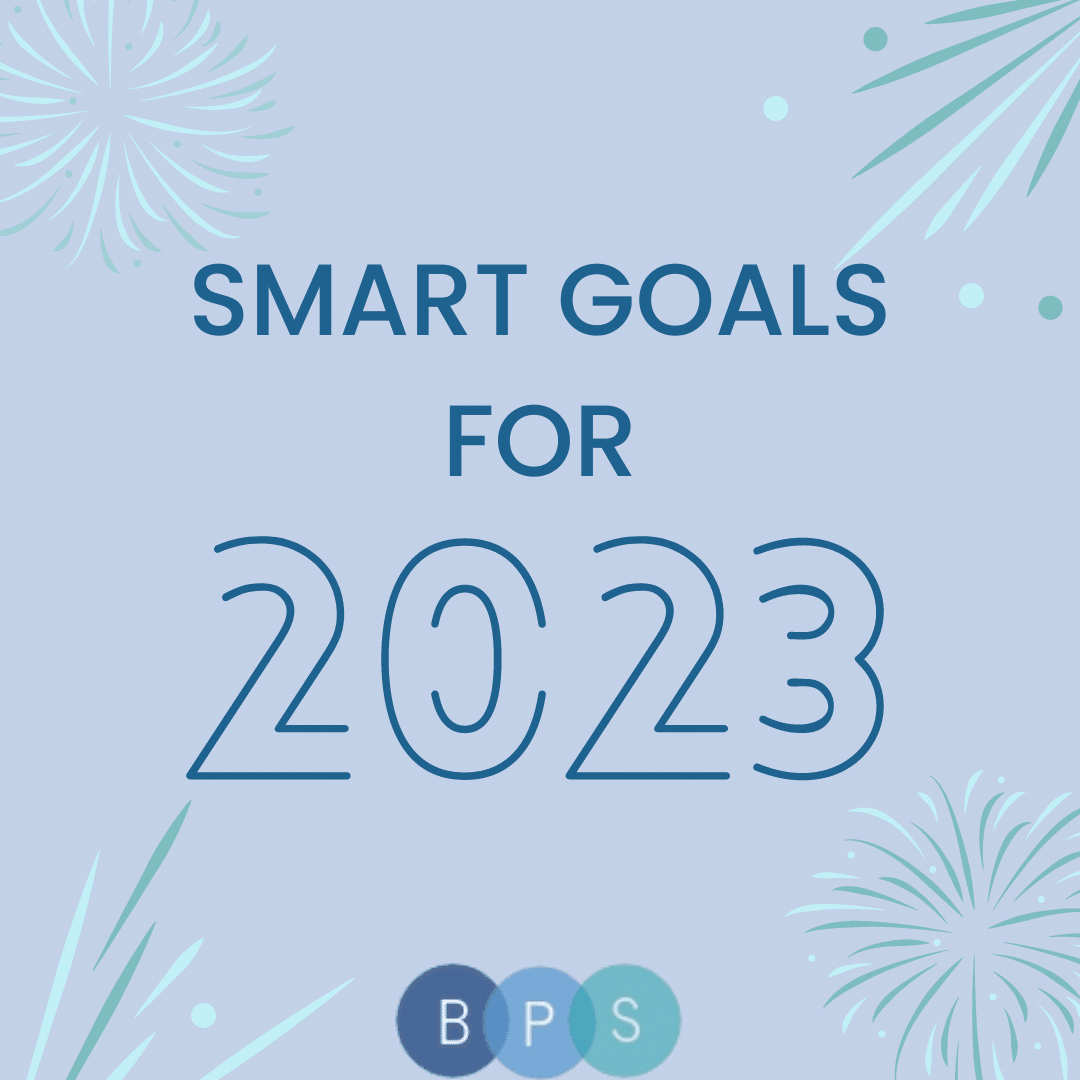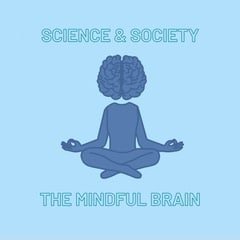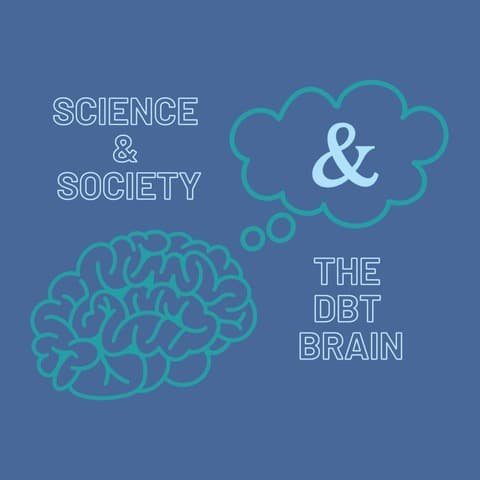When it comes to providing therapy, including Dialectical Behavioral Therapy (DBT), there is no one-size-fits-all approach. Every individual is unique, and their experiences, values, and beliefs are shaped by their culture. Culture shapes how we understand and experience mental health, and traditional therapy approaches may not always fully address the unique needs of diverse individuals.
So today we’re talking about a topic that’s both important and perplexing – the call for consideration of culturally responsive DBT for Latinx adolescents.
Why is this Important?
In 2021, the United States Surgeon General released a report describing an emerging mental health crisis among adolescents that worsened in the wake of the COVID-19 pandemic. This report identified several racial/ethnic minority groups, more likely to experience suicidality in the aftermath of the pandemic. Among these at-risk populations, Latinx adolescents have been found to be considerably vulnerable, with one in ten Latinx adolescents attempting suicide compared to one in fourteen non-Latinx white peers. Prior studies have indicated that Latinx adolescents face additional risk factors unique to this population, such as acculturative stress (i.e., psychological impact of adaptation to a new culture) and the adverse effects of familism (i.e., higher emphasis on family than the individual) when interacting with contrasting cultural norms exposed to living in the US (i.e., individualism) increases the risk for cultural discord, family conflict, and ultimately suicidality.
You might be thinking, “Isn’t DBT an evidence-based practice that has been found to effectively address this problem?” And you would be absolutely correct.
While strides have been made in the development of “best practices” for suicide prevention and treatment interventions, historically minoritized and marginalized groups continue to be under-represented and understudied in suicide intervention research and contribute to mental health inequities that are very much alive today in the United States. More research is needed to establish the efficacy of these interventions or determine the need for potential adaptations that can fit the needs of Latinx adolescents.
Why Adapt DBT?
Well, despite initiatives to implement evidence-based practices in routine settings for children and adolescents, inequities persist in the quality of mental health care among racial/ethnic minorities, including Latinx adolescents. Historically, Latinx communities have underutilized specialty mental health services compared to non-Latinx whites. Barriers to accessing mental health services include lack of health insurance, ethno-racial discrimination, limited awareness, and lack of knowledge of available resources, economic constraints, stigma, reliance on informal supports, and alternative cultural views of the problem incompatible with formal mental healthcare use. Furthermore, when Latinx individuals seek treatment, they are less likely to receive a “minimum effective dose” due to a combination of lower-quality care that fails to follow evidence-based treatment guidelines and higher premature termination.
Culturally tailored interventions are urgently needed that respond to the needs, values, and experiences of Latinx adolescents and their parents.
What are Potential Cultural Adaptations to DBT for Latinx Populations?
A paper published by Germán and colleagues (2015), discussed how we might potentially tailor DBT to Latinx families by expanding the existing adolescent dialectical dilemmas and proposing two new dialectical dilemmas:
Old school vs. New school and Overprotecting vs. Underprotecting
Old School vs. New School refers to the tension between traditional cultural values (i.e., “old school”) and more modern values and norms (i.e., “new school”). Latinx adolescents may experience conflict between their parents’ traditional values and the more mainstream values they encounter outside of the home. The goal of treatment is to help the adolescent navigate this tension and find a balance between honoring their cultural heritage while also integrating into the larger society.
Overprotecting vs Underprotecting refers to the tension between being overly protective (i.e., “smothering”) and not protective enough (i.e., “neglectful”) suggesting that Latinx adolescents may experience this tension from their parents, who may either be overly involved in their lives or not involved enough. The goal of treatment is to help the adolescent develop healthy boundaries and assertiveness skills to communicate their needs effectively with their parents.
However, despite these recommendations, as we previously discussed, there remains a lack of research exploring DBT and any potential adaptions among this population.
So, as we wait for research to catch up to practice, here are a few things to keep in mind when implementing DBT with Latinx clients:
· Recognize the Importance of Family
For many Latinx individuals, family (or “familia”) is a highly prioritized value. The importance of placing the needs of the family above those of the individual may clash with the societal priority placed on expressing one’s individuality as a sign of maturity. In DBT, it’s important to involve family members in the therapy process whenever possible. Encouraging clients to share what they’ve learned in therapy with their family can help build a support system and reinforce healthy behaviors outside of therapy.
· Understand that Latinx Cultural Norms May Value Emotional Expression Differently
In many traditional Latinx families the emphasis on intergenerational harmony – avoidance of interpersonal conflicts, consistent expression of positive emotions, respect for elders – may conflict with typical non-Latinx White family norms (e.g., early expression of independent views, and informal communication style). Latinx culture can have traditional gender roles that can influence how individuals express and manage their emotions. Men are often encouraged to be stoic and not show vulnerability, while women are expected to be emotional and nurturing. Failure in meeting parental expectations (e.g., adhering to traditional gendered roles) can increase family discord and may be difficult to resolve. DBT involves teaching clients’ specific skills to manage their emotions and relationships.
However, the effectiveness of these skills may vary depending on the client’s cultural background. For example, skills like emphasizing assertiveness or distress tolerance may not be as effective in cultures where deference to authority or emotional restraint are highly valued. Therapists should be aware of these differences and be willing to adapt their approach to meet the client’s needs.
· Acknowledge the Impact of Religion
Religion plays an important role in many Latinx individuals’ lives. It’s important for therapists to be aware of the role religion plays in their client’s life and to incorporate spiritual practices if appropriate. Mindfulness is a key component of DBT, but cultural norms may affect how mindfulness is practiced. For example, some cultures may have specific practices or rituals around mindfulness that differ from the standard DBT approach. Therapists should be aware of these differences and be willing to adapt their approach to meet the client’s needs.
· Be Aware of Power Dynamics
Power dynamics can also impact the effectiveness of therapy. For example, clients from marginalized communities may have experienced trauma or discrimination that makes it difficult to trust authority figures. Therapists need to be aware of these power dynamics and work to create a safe and supportive environment that promotes trust and respect. Language can be a major barrier for Latinx individuals seeking therapy. Many may feel more comfortable speaking Spanish or have difficulty expressing themselves in English. It’s important for DBT therapists to provide bilingual services or work with an interpreter to ensure that clients can fully participate in therapy.
Culturally responsive DBT for Latinx individuals is an important and exciting yet underdeveloped area in mental health intervention research. Acknowledging the impact of culture, integrating cultural values, addressing cultural stigma, and promoting social justice are just some aspects DBT therapists can incorporate into their practice in order create a more effective and engaging therapy experience for their Latinx clients.
By advocating for greater representation in research, addressing systemic barriers to access, and promoting culturally responsive therapy, we can work towards greater mental health equity not just for Latinx adolescents but for all!
Works Cited:
1. Cabassa, L. J., Zayas, L. H., & Hansen, M. C. (2006). Latino Adults’ Access to Mental Health Care: a Review of Epidemiological Studies. Administration and Policy in Mental Health, 33(3), 316–330. https://doi.org/10.1007/s10488-006-0040-8
2. Lu, W., Todhunter-Reid, A., Mitsdarffer, M. L., Muñoz-Laboy, M., Yoon, A. S., & Xu, L. (2021). Barriers and Facilitators for Mental Health Service Use Among Racial/Ethnic Minority Adolescents: A Systematic Review of Literature. Frontiers in Public Health, 9, 184. https://doi.org/10.3389/fpubh.2021.641605
3. Germán, M., Smith, H. L., Rivera-Morales, C., González, G., Haliczer, L. A., Haaz, C., & Miller, A. L. (2015). Dialectical Behavior Therapy for Suicidal Latina Adolescents: Supplemental Dialectical Corollaries and Treatment Targets. American Journal of Psychotherapy, 69(2), 179–197. https://doi.org/10.1176/appi.psychotherapy.2015.69.2.179
4. US General Surgeon. Protecting Youth Mental Health: The U.S. Surgeon General’s Advisory [Internet]. US Department of Health and Human Services; Available from: https://www.hhs.gov/sites/default/files/surgeon-general-youth-mental-health-advisory.pdf
5. Youth Risk Behavior Surveillance — United States, 2019. 2020;69(1):88.
